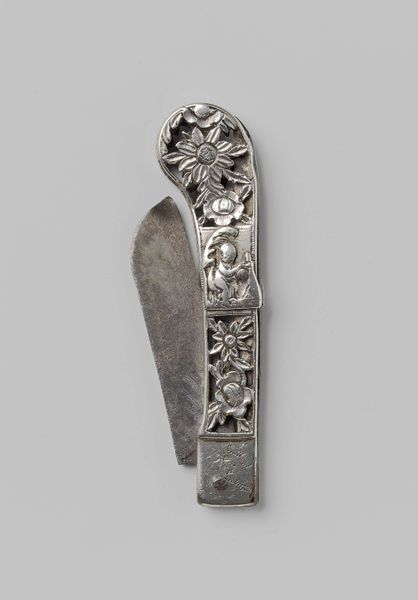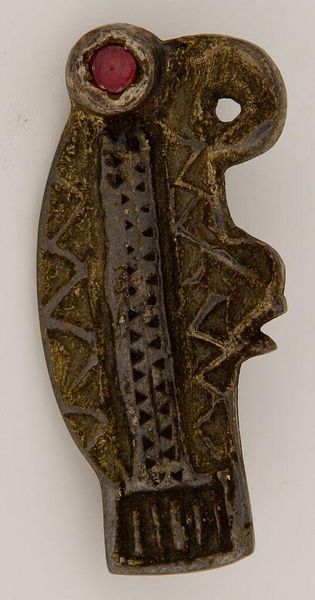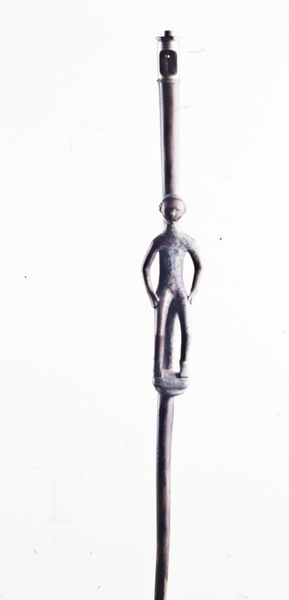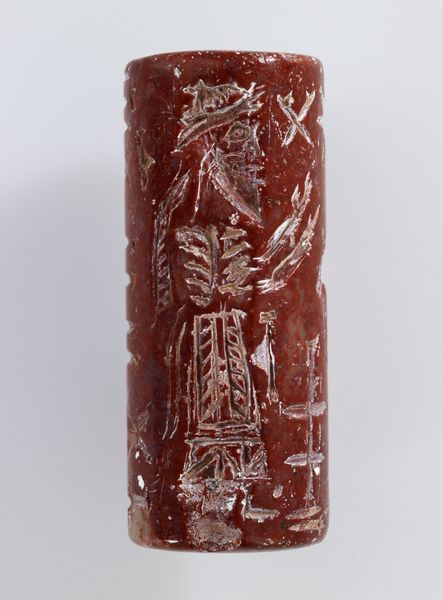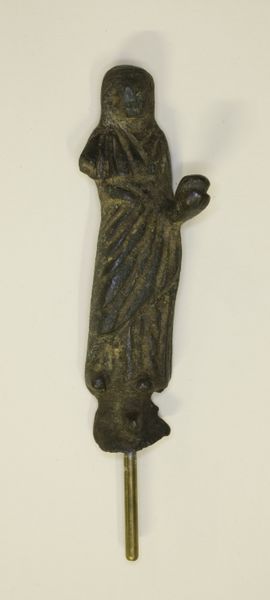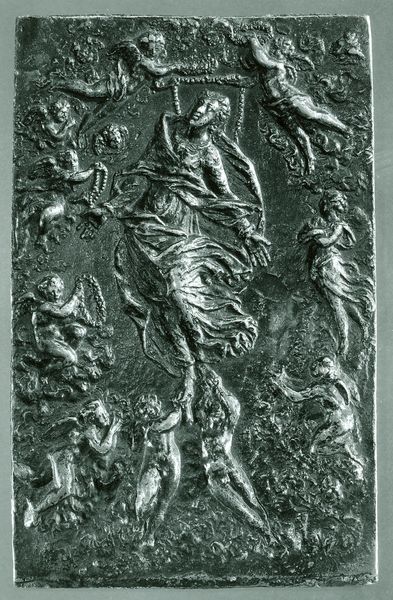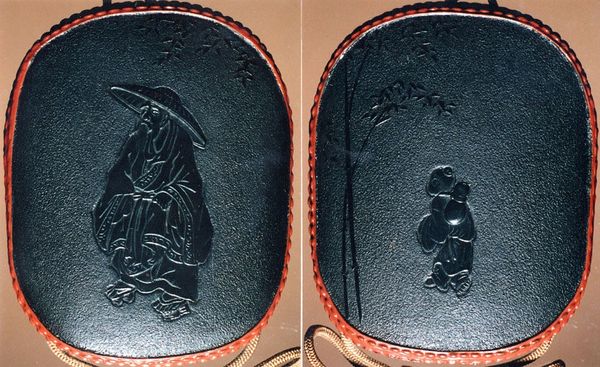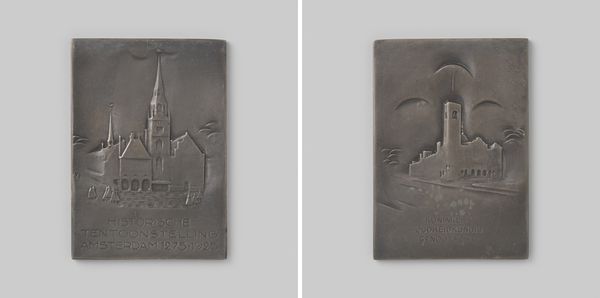
carving, sculpture
#
carving
#
stone
#
sculpture
#
figuration
#
ancient-mediterranean
#
sculpture
Copyright: Public Domain
Editor: This is a cylinder seal from around 1700, located here at the Minneapolis Institute of Art. It’s a dark stone, almost black, with delicate carvings of figures and symbols. It’s surprisingly small, yet the details are so intricate. How would you interpret the imagery on this piece? Curator: This seal whispers stories from ancient Mesopotamia. Seals like this weren't merely decorative; they were personal signatures, imbued with symbolic power. Look closely. Who do you see represented, and what might they signify to those who lived then? Editor: I see figures that almost look like deities or maybe royalty, and there's writing, cuneiform maybe? Is it just a record, or more of a narrative? Curator: Precisely. It speaks to both personal identity and broader cultural beliefs. The figures, often gods or kings, reflect a hierarchical society and a complex pantheon. And that cuneiform, more than just record-keeping, acted as spells or declarations of ownership. The act of impressing this seal becomes a ritual act of claiming authority. It is amazing how symbols repeat themselves in the historical context of civilization. What are some elements or figures which, across millennia, re-appear time and time again? Editor: That's incredible. So, every time someone used it, they weren't just stamping their name; they were invoking an entire world view. I didn't realize the symbolic weight such a small object could carry. I wonder, what kind of personal symbols did individuals choose to define their cultural view? Curator: Exactly. In understanding their symbols, we can glimpse the values, fears, and hopes of an ancient world that continues to echo within our modern visual vocabulary. So now when you see other art works from the Ancient period, you'll have some sense for these complex underlying symbol sets. Editor: I will. Thanks for opening my eyes to a whole new way of seeing these objects.
Comments
No comments
Be the first to comment and join the conversation on the ultimate creative platform.

